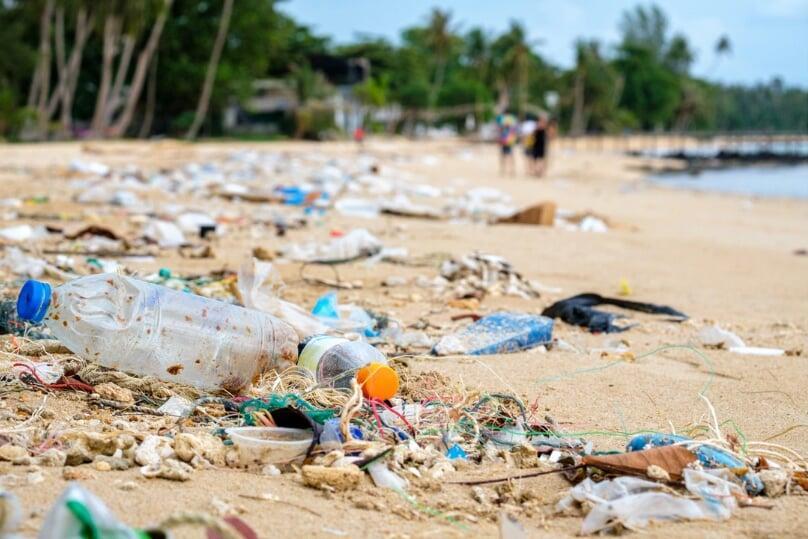On November 26, the U.S. Environmental Protection Agency (EPA) released its National Strategy for Preventing Plastic Pollution, outlining opportunities for action to protect communities from plastic production and waste, and detailing how government agencies, businesses, nonprofits, and communities can take additional action to prevent plastic pollution.
The strategy is also consistent with the country's commitment to negotiate an ambitious international agreement aimed at protecting public health and the environment by reducing global plastic pollution. The strategy is the third component of the United States Environmental Protection Agency's “Building a Circular Economy for All” effort and follows the national strategy for recycling and reducing food loss and waste.

“The National Strategy for the Prevention of Plastic Pollution has six main objectives aimed at addressing plastic pollution throughout the life cycle of plastic products:
1. Reduced pollution from plastics production.
2. Innovative material and product design.
3. Reduced waste generation.
4. Improve waste management.
5. improve capture and removal of plastic pollution. 6. minimize loading and impact on waterways and oceans.
6. Minimize loading and impact on waterways and oceans.
Examples of actions for this strategy include:
1. Reduce the production and consumption of single-use plastic products and increase the ability of the United States to reuse and replenish products, including in the federal government
2. measuring the environmental and human health impacts of single-use products throughout their life cycle
3. strengthening public policies and incentives to reduce plastic pollution, including working with others to create a national extended producer responsibility framework
The U.S. Environmental Protection Agency also lists actions it has taken to reduce plastic waste, including the Trask Free Waters program, the Final Steps to Reduce Toxic Air Pollutant Emissions, the Risk Management Program, and Safer Communities through the Chemical Accident Prevention Rule.

